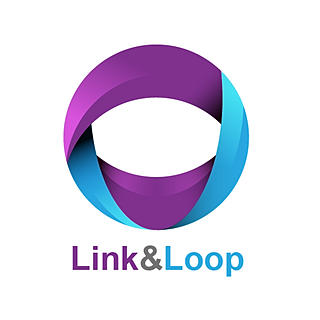Philips Circular Lighting: Minimize Your Environmental Footprint and Create Instant Savings
- Link and Loop
- Jan 26, 2019
- 2 min read
Updated: Jul 1, 2020

Circular Lighting
Philips is moving towards a circular economy. What does this mean in the lighting industry? In the past, when your lamp would break, you would throw it away and get a replacement for it. However, Philips wants to break this cycle by offering a comprehensive product/service combination. This includes manufacturing, installation, maintenance, reusing and recycling on the lighting equipment. Additionally, Philips is opening up to data-driven solutions due to the endless possibilities such as making it possible to manage and optimize the lighting infrastructure on a system-wide level.

From Beginning to End Lighting System Operation
One of the most sustainable Philips services is called the Managed Services Process. It starts with the planning and designing phase. Here, Philips performs a lighting assessment of your current installation and identifies savings opportunities. Leading to a customized lighting solution. Secondly, the building phase. Once you approve the solution, Philips disposes of the old lighting system and installs the new lighting system. Thirdly, the operation phase. Philips manages the day-to-day operations by monitoring alarms, consulting on reported faults and checking the system overall operations. Lastly, the maintaining and optimizing phase. Philips manages all of the maintenance and repairing that needs to be done. By being present from the first contact to verifying the performance outcome, Philips assures optimization of lighting. However, as pointed out by Eric Yu, the focus is on more than just energy savings. The importance lies into creating a circular economy system.
Another product is their Philips Pacific LED Circular Economy Ready Luminaire. This product is designed in such a way that it uses natural resources in an effective and regenerative way. What makes it a circular economy product is that the luminaire can be repurposed either through second-hand market, through extracting parts and/or through recycling the materials making up the luminaire.
Cases of Philips Lightning
There are two successful cases of Philips: one in the Netherlands and one in Taiwan. Schiphol Airport in Amsterdam, the Netherlands, where the airport uses their products to achieve their own circular economy goals. Whilst in Taiwan at Tunghai University, end-to-end lighting management is operated by Philips Lighting. This has equated to an increase of energy efficiency, seeing a 60% reduction in electricity consumption and an energy cost reduction of NT$ 4 million every year.
Conclusions
Worldwide different industries are transitioning towards a circular economy circuit and within the field of lighting Philips Lighting is leading the way.
*This is speech summary from the Link and Loop Workshop which was edited and compiled by the Link and Loop team. It was written and reported with the best available knowledge from the talk. There may be information discrepancies. Please contact the speaker for clarifications.




Comments